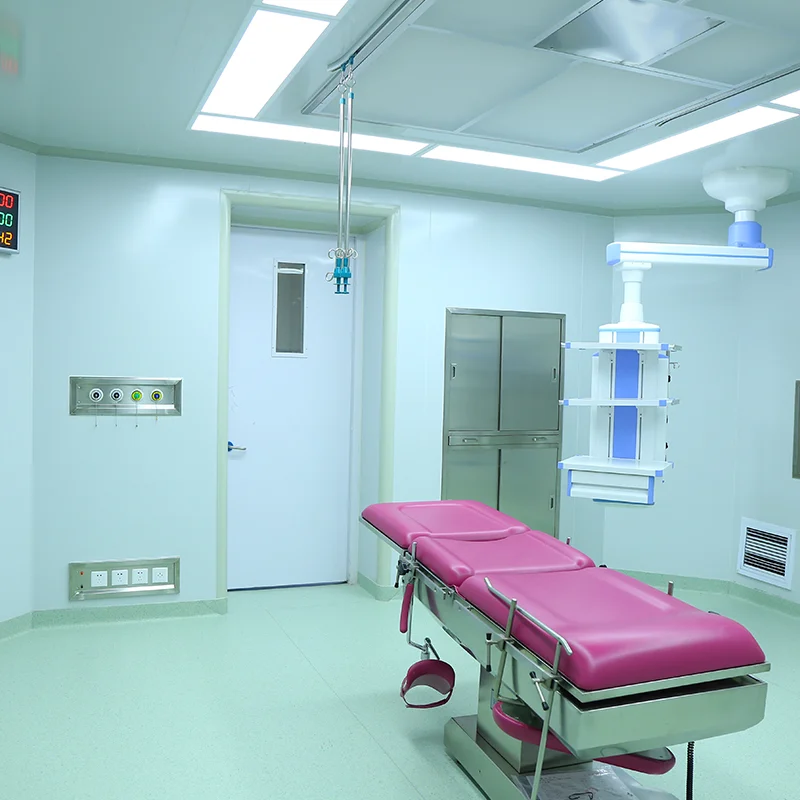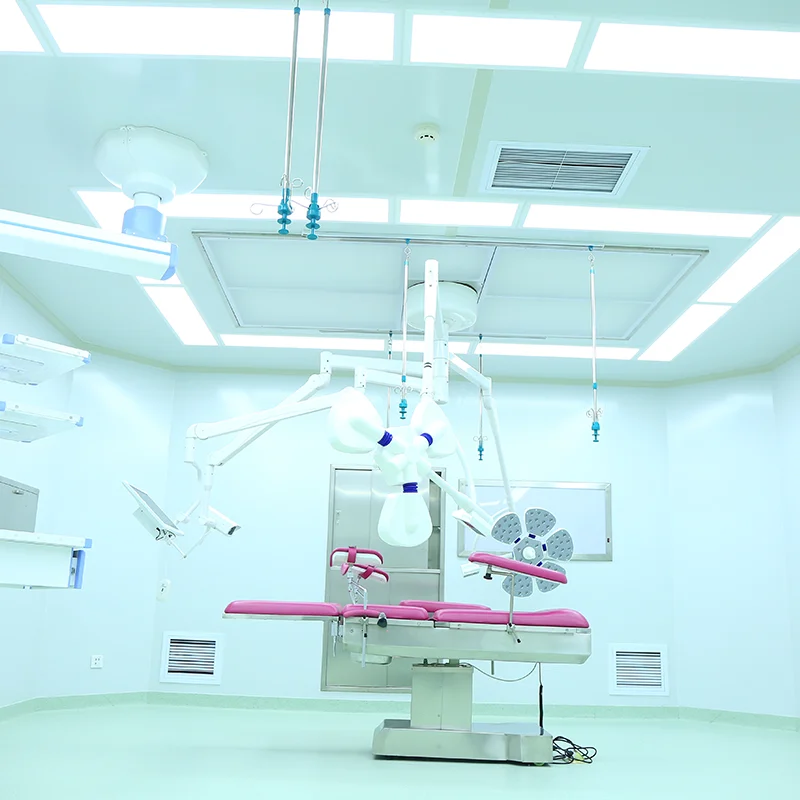Hit enter to search or ESC to close
13 October 2025
In hospitals and other medical facilities, maintaining clean air is not just a matter of comfort—it’s a matter of life and health. Airborne pathogens, allergens, and harmful particles can easily spread within enclosed medical environments, posing risks to both patients and healthcare workers. This is why advanced hospital air purifier systems have become an integral part of modern medical infrastructure.
These purifiers are specifically designed to meet strict healthcare standards, ensuring that every breath taken in a medical setting is free from harmful contaminants. Let’s explore how medical air purifier technology works, how hospital air filtration systems support infection control, and why investing in the right hospital air machine can dramatically improve patient safety and recovery outcomes.

Hospitals are places where air quality must be controlled with precision. In wards, operating theaters, and intensive care units, airborne transmission of bacteria and viruses can have devastating effects. A hospital air purifier is designed to eliminate these threats by filtering out microscopic contaminants such as dust, pollen, bacteria, and viral particles.
Unlike conventional consumer-grade purifiers, medical air purifier units are engineered for continuous use in high-risk environments. They are equipped with multiple layers of filtration—typically HEPA or ULPA filters, activated carbon filters, and sometimes UV-C sterilization—to ensure the most comprehensive purification possible. These layers work together to trap and neutralize airborne microorganisms that could otherwise spread infections.
In addition to protecting patients with compromised immune systems, these purifiers also safeguard healthcare workers who are exposed to airborne pathogens on a daily basis. The result is a cleaner, safer medical environment that enhances both recovery and productivity.
Another major benefit of medical use air purifier systems is odor removal. Hospitals often face unpleasant smells caused by chemicals, disinfectants, and biological waste. Advanced filtration systems with activated carbon filters can effectively absorb these odors, maintaining a fresher, more comfortable atmosphere for both patients and visitors.
Modern hospital air filtration systems are designed to manage air circulation across different zones within a healthcare facility. These systems do more than just purify—they regulate airflow patterns, humidity levels, and pressure balance to prevent cross-contamination between sterile and non-sterile areas.
For example, in operating rooms, positive air pressure ensures that clean air flows outward, keeping bacteria from entering. Meanwhile, isolation wards use negative pressure to prevent infectious air from escaping. The hospital air machine plays a central role in maintaining these environmental controls, continuously filtering and circulating clean air throughout the facility.

The efficiency of these systems depends largely on the quality of filters used and the frequency of maintenance. Regular monitoring of filter performance and timely replacement are essential for ensuring consistent purification results. Advanced systems now include smart sensors that track air quality in real time and automatically adjust purification intensity based on detected pollutant levels.
These intelligent control features not only reduce energy consumption but also ensure that medical air purifier systems deliver peak performance at all times. Hospitals using such technologies have reported lower infection rates, improved patient recovery times, and overall enhanced hygiene standards.
Moreover, in an era where airborne diseases such as influenza, tuberculosis, and COVID-19 remain serious threats, reliable medical use air purifier systems are indispensable. They serve as a first line of defense, protecting patients, doctors, and visitors from invisible airborne dangers.
When selecting a hospital air machine or purifier, several factors must be considered to ensure it meets the facility’s specific needs.
Filtration Performance: Look for systems with HEPA H14 or ULPA filters, capable of capturing particles as small as 0.1 microns. This ensures the effective removal of viruses, bacteria, and fine dust.
Air Exchange Rate: The purifier should perform multiple air changes per hour (ACH) depending on room size and contamination level.
Noise Control: Quiet operation is essential in patient care areas, recovery rooms, and laboratories.
Maintenance Ease: Choose purifiers with easy-access filter compartments and filter replacement indicators.
Compliance Standards: Ensure the product meets international health and safety certifications such as ISO, CE, or FDA approvals for medical devices.
Portable medical air purifier units are ideal for smaller rooms or mobile use, while centralized hospital air filtration systems are best suited for large facilities requiring full building integration. Many hospitals use a combination of both to achieve optimal air quality in every section of the building.
Investing in a high-quality medical use air purifier not only improves patient safety but also reduces long-term costs associated with hospital-acquired infections. Clean air reduces the need for intensive disinfection, protects sensitive equipment from dust, and creates a more comfortable healing environment.
Clean, purified air is one of the most fundamental yet overlooked aspects of healthcare safety. The use of hospital air purifier and medical air purifier technologies has transformed how medical facilities maintain hygiene and prevent infection.
As airborne diseases continue to challenge global health systems, reliable hospital air filtration systems have become essential infrastructure—ensuring that every breath within a hospital is pure and safe. By integrating advanced hospital air machines and medical use air purifiers, healthcare facilities can create environments where patients recover faster, staff work more safely, and medical operations run more efficiently.
In the future, innovation in air purification will continue to evolve, with smart sensors, IoT integration, and AI-driven monitoring redefining hospital hygiene standards. For now, the message is clear: cleaner air means better care.
“Everything You Need to Know About Hospital Air Purifier Systems and Medical Air Filtration”
A hospital air purifier is a specialized device designed to eliminate airborne contaminants such as bacteria, viruses, and allergens in healthcare environments. It uses HEPA or ULPA filters, activated carbon, and UV sterilization to ensure clean, sterile air suitable for patient care areas and surgical rooms.
A medical air purifier meets higher filtration standards compared to household purifiers. It can trap ultra-fine particles as small as 0.1 microns and operates continuously to maintain sterile conditions in hospitals, clinics, and laboratories.
Hospital air filtration systems are essential for infection control and environmental safety. They prevent airborne transmission of diseases, maintain appropriate air pressure in sensitive zones, and improve overall indoor air quality across medical facilities.
A medical use air purifier improves patient recovery, reduces cross-contamination risks, and removes unpleasant odors. It also creates a more comfortable and hygienic space for healthcare workers and visitors, contributing to better overall health outcomes.
A hospital air machine should be checked monthly and filters replaced every 3–6 months, depending on usage and contamination levels. Regular maintenance ensures optimal performance, consistent purification, and compliance with healthcare safety standards.